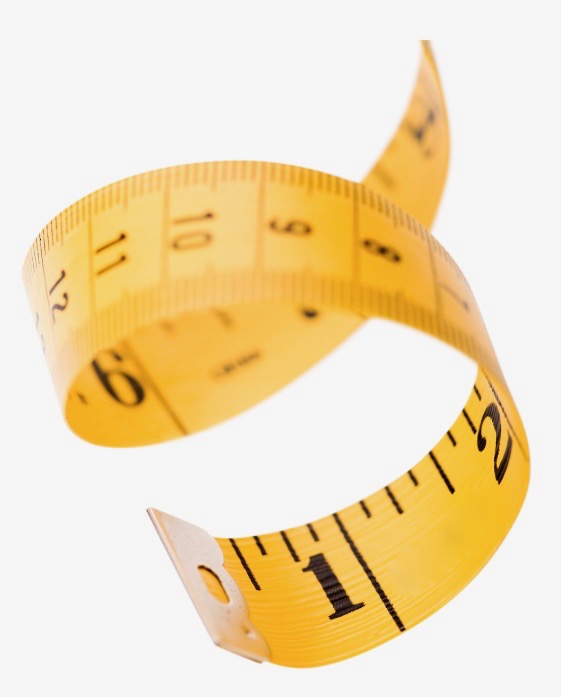
We occasionally see patients that present with scoliosis and leg length discrepancy (LLD). In these cases, scoliosis can be either caused by or exacerbated by a leg length discrepancy. Leg length discrepancy can be either a true discrepancy or as a result of pelvic obliquity. How do you tell if you have a true leg length discrepancy that is the result of an anatomical cause or if it is an apparent (non-true) leg length discrepancy and the result of pelvic obliquity? The practitioner will measure the patient in the supine position from the ASIS (a bony landmark on the front of the hip) to the medial malleolus (the inner ankle bone) of the same leg. The next step is to compare the two measurements. If one leg is shorter than the other, there is a true leg length discrepancy.
What are the causes of true leg length inequality? Reasons could be congenital, fracture(s), or osteomyelitis (bone infection), to name a few. What are the causes of an apparent leg length discrepancy? This is typically due to pelvic obliquity due to muscle imbalances. Whether the discrepancy is true or apparent, the implications are the same. It can affect the patient’s gait and result in knee, ankle, and/or hip dysfunction.
Leg length discrepancy may cause the development of a functional scoliosis. If cause is not addressed, a scoliosis may become structural. In the case of a patient with scoliosis and leg length discrepancy (whether the scoliosis is structural or functional), spinal and ribcage muscle imbalances are apparent and should be addressed. When prescribing a heel lift patients must use caution since it can feed into the progression of a curve and exacerbate pain (if present) by creating added vertebral wedging.
When treating scoliosis with the Schroth method, the feet and the pelvis are viewed as the foundation of the overall posture. The Schroth practitioner will initially instruct the patient on how to correct the pelvis in multiple planes, prior to commencing their exercise. This creates a solid base and ensures that the spine and rib cage can move toward a corrected position. When treating a patient with scoliosis and leg length discrepancy, the practitioner should be well versed in spinal and pelvic biomechanics prior to prescribing a heel lift since, in some cases, it may be detrimental. For an example of this, please see our post entitled, Can a heel lift help scoliosis?
Link here to see a result of an adolescent patient with a leg length discrepancy treated via bracing.

